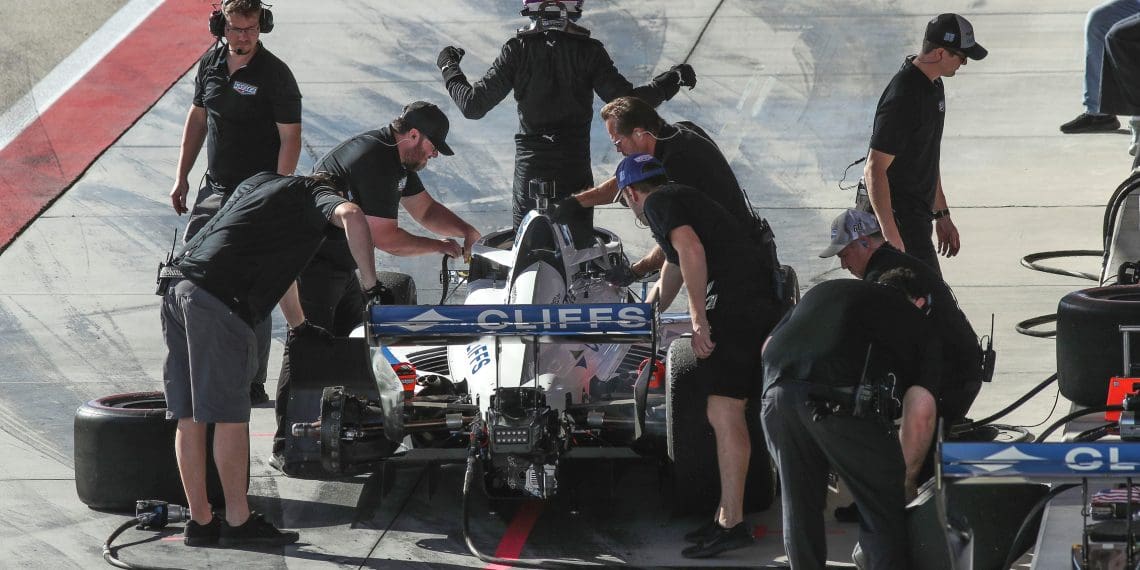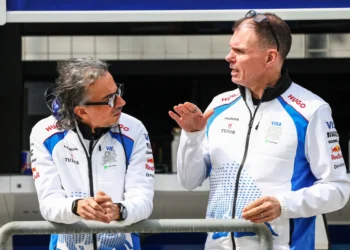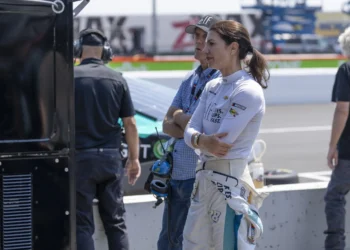IndyCar Rolls Out Significant Changes for 2025: More Alternate Tires and Smarter Practice Sessions
In a move set to impact race strategies for the 2025 season, IndyCar has revealed a series of rule changes focused on tire allocation and practice formats, enhancing both competition and driver experience. The most notable changes include adjustments to the distribution of Firestone tires and a revamped practice schedule designed to reduce congestion during qualifying runs.
Tire Allocation Adjustments:
The new tire rules make it clear that soft compound tires will take center stage, giving drivers more opportunities to use them early in the weekend instead of reserving them solely for qualifying and race day. In a shift that favors strategy and tire management, IndyCar will provide each team with 10 sets of tires for street and road course events. While this may seem similar to the previous system, the major change lies in how those sets are distributed.
The allocation of softer, alternate tire compounds will now increase from four to five sets per car, while the number of harder compound tires has been reduced from six to five. This will give teams and drivers the flexibility to use the faster tires earlier in the weekend, which could drastically alter their approach to practice, qualifying, and even race strategy.
Notably, the events at The Thermal Club and Indianapolis Road Course will not follow this new allocation system, maintaining their existing tire rules. However, the updates will apply to all other street and road course events, providing teams with an extra opportunity to test and adapt to the alternate compound tires.
It is important to note that both tire compounds will still be required for every race, encouraging teams to make strategic decisions based on tire wear and optimal timing for their qualifying and race stints.
Nashville Superspeedway to Keep Its Unique Tire Rules:
In a further clarification, IndyCar confirmed that the season finale at Nashville Superspeedway will continue to feature both tire compounds, creating an exciting dynamic for the final race of the season. However, events on other ovals will still be limited to a single tire compound, which could lead to a different race strategy on those tracks.
Expanded Practice Sessions for Improved Qualifying Runs:
In addition to the changes in tire allocations, IndyCar is also expanding a successful experiment from the previous season to address traffic issues during practice sessions. Previously, the first practice session of the weekend was split into two groups, allowing half the field to run at a time and giving drivers more space to work on their qualifying setups without worrying about overtaking or finding clear air.
That format will now be applied to all road course events on the calendar, with one notable exception—Road America, which is long enough to accommodate the full field without causing traffic jams. This new practice format is designed to give drivers more uninterrupted time on track, allowing them to focus on fine-tuning their setups without the distraction of clogged racing lines.
By combining the expanded practice groups with the additional set of alternate tires for most races, the series hopes to maximize the performance potential of each driver right from the start of the weekend, ensuring a more exciting and unpredictable weekend ahead of each race.
The first test of these new tire rules and practice adjustments will take place in just over a week at St. Petersburg, where the 2025 season will kick off in style. Fans can expect an exciting start to the year as drivers adjust to the new rules and employ fresh strategies to tackle the competition.
With these updates, IndyCar is pushing for a more dynamic and competitive season, where tire strategy and on-track strategy can make all the difference in deciding the winner.













